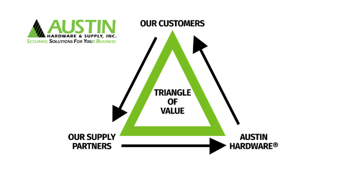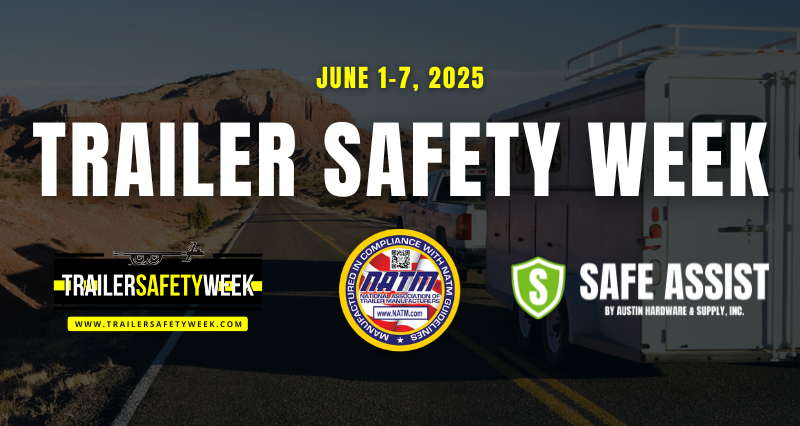It’s not about you or your products.
It’s not about you. It’s not about your products. To add value, salespeople must stop selling and start listening. Selling today is a process where the salesperson facilitates an open exchange of information to solve your customer’s problem. When we do this, we add value.
.png?width=330&height=330&name=Untitled%20design%20(65).png)
The process is comprised of these critical milestones:
- 1. Identify the opportunity and your customer’s desire to fix it
- 2. Explore and understand past attempts to fix the issue
- 3. Determine the value of the solution to your customer
- 4. Identify your solution and prepare your presentation
- 5. Solution presentation
Identify the Opportunity
Be different from the start. When setting your appointment with your customer, let them know that you’re interested in discussing their most significant issue related to you or your company’s expertise. Once you arrive, briefly introduce yourself and remind them that you’d like to get started by listening to them. You want to hear about their most significant issue and why they are committed to solving it.
Explore and Understand
After identifying their main issue, you have to understand what solutions have been tried in the past and why they failed. You’ll learn more about the problem during this question-and-answer session. Continue to ask questions until you’ve drilled down and fully understand the issue and how your customer has tried to fix it in the past. Ask why they are committed to improving the problem and who would be involved in the decision-making besides themselves.

Determine the Value
This is critical. You must understand the monetary value of not fixing the solution from everyone involved in making the decision.
1. Is it lost time? If so, how much time is lost, and what is the monetary value of that time?
2. Is it waste? Ask them to describe the waste and understand the cost of that waste.
3. Is it reduced production? – Find out how increasing production would help them and then determine the value of increased production.
4. Is it a needed product feature? – Ask how providing that feature will increase sales and how much the projected sales increase would be.
Next, ask how solving this problem will help them achieve their personal and corporate goals for the year.
Before leaving this stage, revisit everything you think you’ve heard to ensure you got it right. Review your notes – describe the problem, confirm how they’ve tried to fix it, and verify the daily cost of not doing so. Ask the customer if you missed anything or any facts that have changed during the process.
Encourage them here. Permit them to tell you something’s not right. You want to know you’ve got it right and nothing has been missed. Now you have a complete understanding, and you’ve confirmed it. You understand how much value you’ll be adding; you have insight into their budget and, based on those two factors, what solution will offer your customer the most value.
Identify the Solution

At this point, you should have all the facts. It’s time to build your solution, price it to win based on all of the costing information you’ve learned, and create your presentation. When you set up the appointment for your presentation, get all the decision-makers in the room.
Solution Presentation
You’ve done the hard work. You’ve differentiated yourself by being an effective listener and asking probing questions. You understand and have confirmed your customer’s issues, how they’ve tried to fix them, and what it costs them daily if the case is unresolved. It’s time for you to present your solution to their problem. During your presentation, walk them through the process again, confirming everything you’ve learned. Craft your presentation so it’s clear that your solution will solve the problem and what that will mean to your customer’s business.
If you’ve missed something, it will show up here. Otherwise, congrats; your customer should be ready to move forward.
Learn more about our Value-Added solutions here: Value Added Solutions.


.png?width=800&height=426&name=Landing%20Page%20Banner%20-%20Blog%20Banner%20(4).png)





